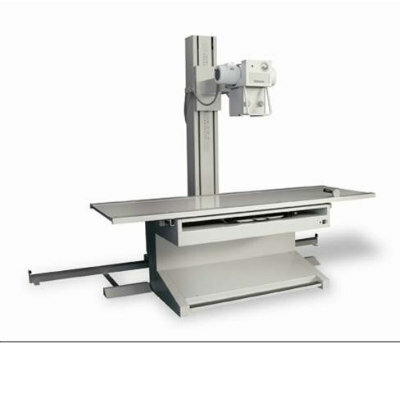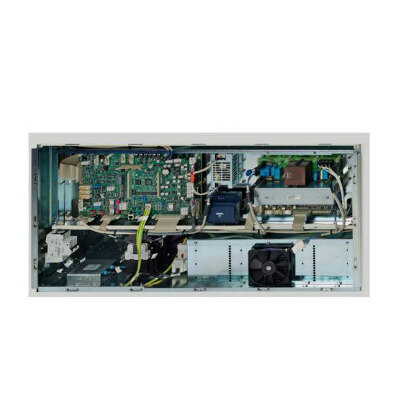New Scanning Technology Transforming Medical Diagnosis
By MedImaging International staff writers
Posted on 20 Apr 2009
A new technology that dramatically improves the sensitivity of magnetic resonance imaging (MRI) techniques, including those used in hospital scanners and chemistry laboratories, has been developed by British scientists.Posted on 20 Apr 2009
Ultimately, the technique, based on manipulating parahydrogen, the fuel of the space shuttle, is expected to allow clinicians to learn far more about a patient's condition from an MRI scan at lower cost while increasing the range of medical conditions that can be examined. The research was published March 28, 2009, in the journal Science.
Researchers from the University of York (UK;) have taken parahydrogen, and through a reversible interaction with a specially designed molecular scaffold, transferred its magnetism to a range of molecules. The resulting molecules are much more easily detected than was previously possible. No one has been able to use parahydrogen in this manner before.
Prof. Gary Green, from the department of psychology and director of the York Neuroimaging Center, said, "Our method has the potential to help doctors make faster and more accurate diagnoses in a wide range of medical conditions. The technique could ultimately replace current clinical imaging technologies that depend on the use of radioactive substances or heavy metals, which themselves create health concerns."
The new method will also have key implications for scientific research because it radically reduces the time taken to obtain results using nuclear MR (NMR) technology, the most accepted method for obtaining analytic and structural information in chemistry.
Prof. Simon Duckett, from the University's department of chemistry and director of the Center for Magnetic Resonance, said, "We have been able to increase sensitivity in NMR by over 1,000 times so data that once took 90 days to record can now be obtained in just five seconds. Similarly, an MRI image can now be collected in a fraction of a second rather than over 100 hours. This development opens up the possibility of using NMR techniques to better understand the fundamental functions of biological systems."
Prof. Ian Greer, dean of the Hull York Medical School, said, "This technological advance has the potential to revolutionize the accessibility and application of high quality medical imaging to patients. It will bring significant to benefits to diagnosis and treatment in virtually all areas of medicine and surgery, ranging from cancer diagnosis to orthopedics and trauma. It illustrates the enormous success of combining high quality basic science with clinical application."
Bruker BioSpin (Billerica, MA, USA) has been one of the first collaborators in developing this technology for commercial use. Dr Tonio Gianotti, director and international NMR research and development coordinator for Bruker BioSpin, said, "This technology has the potential to revolutionize both NMR and MRI methods in a short space of time."
Dr. Mark Mortimer, director of the University's Research and Enterprise Office, said, "The rapid development of this research from the chemistry bench through to measurement opens up many exciting possibilities to extend this work. The York research team is now seeking partners to help turn this groundbreaking research into commercial and medical applications."
Related Links:
University of York
Bruker BioSpin














